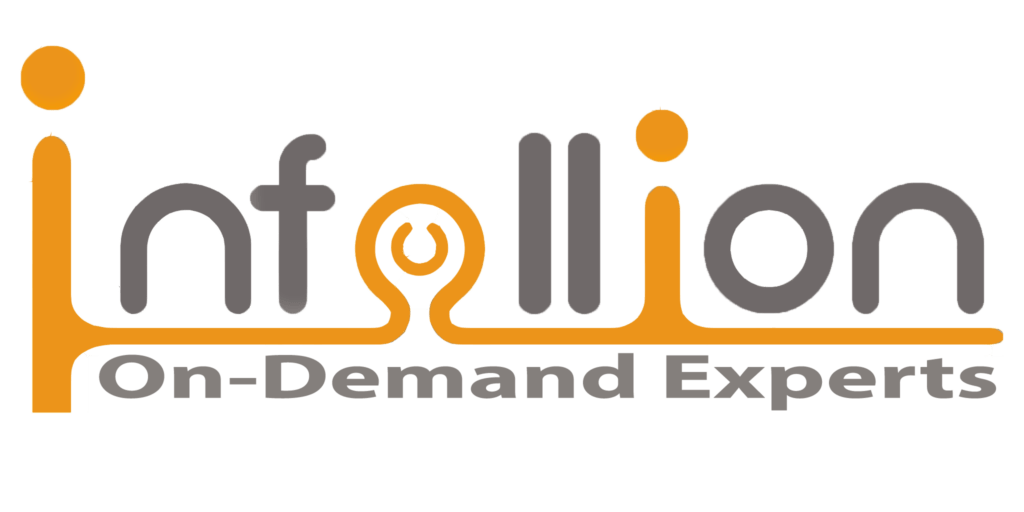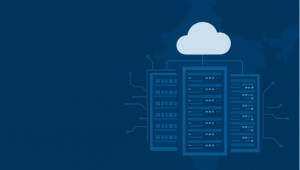Program Overview
This is an intensive, practice-driven program designed for AI developers and advanced practitioners who want to move beyond traditional function calling into autonomous, decision-making systems. Through this structured curriculum, participants will learn to design different types of AI agents (reactive, planning, tool-using, and multi-agent), integrate APIs and external tools, and implement leading frameworks such as LangGraph, CrewAI, Agno, and SmolAgents. The course also explores memory, state management, context protocols (MCP), and real-world applications in finance, sales, and marketing. By the end of the workshop, participants will have built and deployed functional AI agents ready for production environments.
Features
- Understand the architecture and design principles of agentic AI systems
- Build and test AI agents using frameworks like LangGraph, CrewAI, Agno, and SmolAgents
- Integrate external tools, APIs, and databases into agents for real-world applications
- Deploy, monitor, and optimize agents in production environments with context management
Target audiences
- AI/ML developers and Python programmers with LangChain & RAG knowledge
- Data scientists, solution architects, and product engineers exploring agent frameworks
- Tech professionals designing autonomous systems for business use cases
Curriculum
- 12 Sections
- 61 Lessons
- 3 Days
Expand all sectionsCollapse all sections
- Introduction to Agentic AI4
- 1.1Definition and evolution of Agentic AI Differences between traditional AI and agent-based models
- 1.2Differences between traditional AI and agent-based models
- 1.3Key components: autonomy, environment interaction, memory, learning Real-world motivations for building AI agents
- 1.4Activity: Demo of an AI Agent in python and how it is different than traditional function calling
- AI Agents vs. Traditional Function Calling5
- 2.1Differences between procedural programming and agent-based approaches Limitations of static function calls
- 2.2Limitations of static function calls
- 2.3Benefits of autonomy, memory, and planning in agents
- 2.4Use cases in dynamic environments (e.g., finance market prediction)
- 2.5Activity: Transform a traditional function-driven app into an autonomous agent
- Types of AI Agents6
- 3.1ReAct Agents (reactive behavior)
- 3.2Goal-Based Agents (outcome-driven decisions)
- 3.3Tool-Based Agents (optimizing among multiple goals)
- 3.4Planning Agents (Plan and call multi agents)
- 3.5Multi Agents Framework (internal state modeling)
- 3.6Activity: Create each agent framework from scratch and using agentic patterns library In python
- AI Agent Frameworks Overview4
- Architecture of AI Agent Frameworks6
- Tools Integration with AI Agents6
- 6.1Using web scrapers, CRM systems, financial APIs
- 6.2Tools for memory and retrieval augmentation (e.g., vector databases)
- 6.3Knowledge Graphs and Context Expansion
- 6.4Tool-calling abilities via OpenAI functions or custom APIs
- 6.5Financial, marketing, and sales-specific integrations
- 6.6Colab Activity: Integrate a finance API into an Agno agent
- LangGraph Framework Deep DiveDiscussing and Understanding Strengths6
- 7.1Graph-based memory and execution paths for stateful agent behavior
- 7.2Excellent for orchestrating complex workflows
- 7.3Modular design allows adding new nodes (steps) easily
- 7.4Built-in support for parallel execution Seamless
- 7.5LangChain compatibility for LLM integrations
- 7.6Colab Activity: Build a multi-step sales agent using LangGraph
- CrewAI Framework Deep DiveDiscussing and Understanding Strengths5
- 8.1Designed for multi-agent collaboration with defined roles
- 8.2Agents can specialize and coordinate for complex tasks
- 8.3Strong orchestration of parallel and sequential work
- 8.4Easy definition of tasks, goals, and dependencies between agents
- 8.5Colab Activity: Create a marketing team of agents with role-based coordination in CrewAI
- Agno Framework Deep DiveDiscussing and Understanding Strengths6
- 9.1Lightweight, intuitive design for agent reasoning
- 9.2Supports memory-augmented reasoning agents natively
- 9.3Flexible plugin system for tools and APIs
- 9.4Fast prototype-to-production turnaround
- 9.5Ideal for finance, data analysis, and decision support systems
- 9.6Activity: Build a financial analysis agent using Agno
- SmolAgents Framework Deep DiveDiscussing and Understanding Strengths5
- 10.1Minimalistic and highly efficient design
- 10.2Easy to deploy with low compute requirements Great for building lightweight autonomous agents
- 10.3Extremely flexible for small or single-purpose agents
- 10.4Perfect for rapid prototyping and experimentation
- 10.5Colab Activity: Develop a customer service agent using SmolAgents
- Model Context Protocol (MCP)5
- Deployment of AI Agents3






